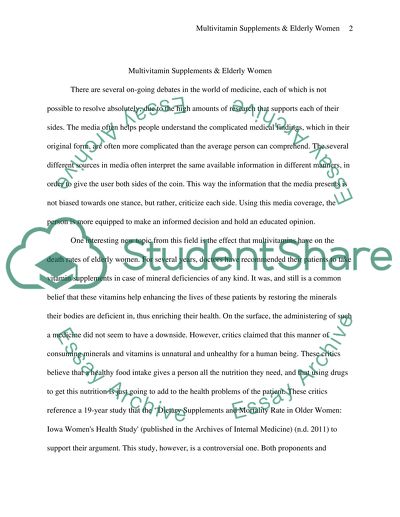Cite this document
(“Multivitamin supplements linked to risk of early death among elderly Essay”, n.d.)
Multivitamin supplements linked to risk of early death among elderly Essay. Retrieved from https://studentshare.org/health-sciences-medicine/1433819-multivitamin-supplements-linked-to-risk-of-early
Multivitamin supplements linked to risk of early death among elderly Essay. Retrieved from https://studentshare.org/health-sciences-medicine/1433819-multivitamin-supplements-linked-to-risk-of-early
(Multivitamin Supplements Linked to Risk of Early Death Among Elderly Essay)
Multivitamin Supplements Linked to Risk of Early Death Among Elderly Essay. https://studentshare.org/health-sciences-medicine/1433819-multivitamin-supplements-linked-to-risk-of-early.
Multivitamin Supplements Linked to Risk of Early Death Among Elderly Essay. https://studentshare.org/health-sciences-medicine/1433819-multivitamin-supplements-linked-to-risk-of-early.
“Multivitamin Supplements Linked to Risk of Early Death Among Elderly Essay”, n.d. https://studentshare.org/health-sciences-medicine/1433819-multivitamin-supplements-linked-to-risk-of-early.


